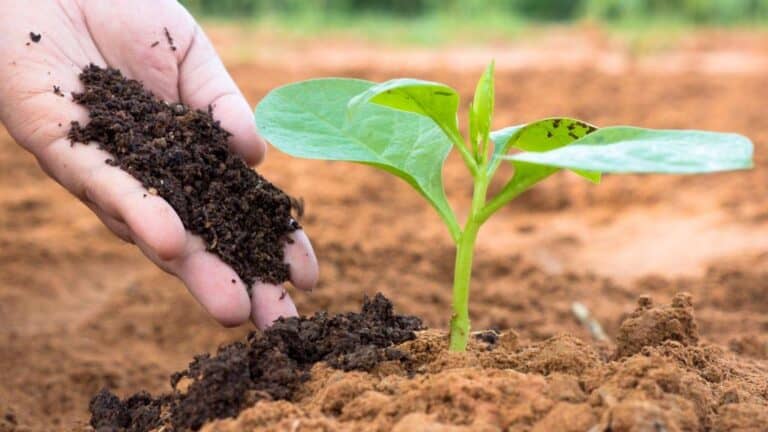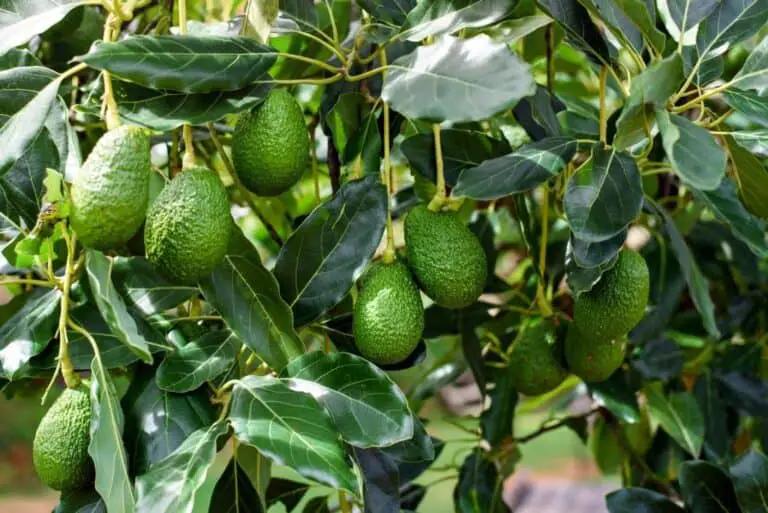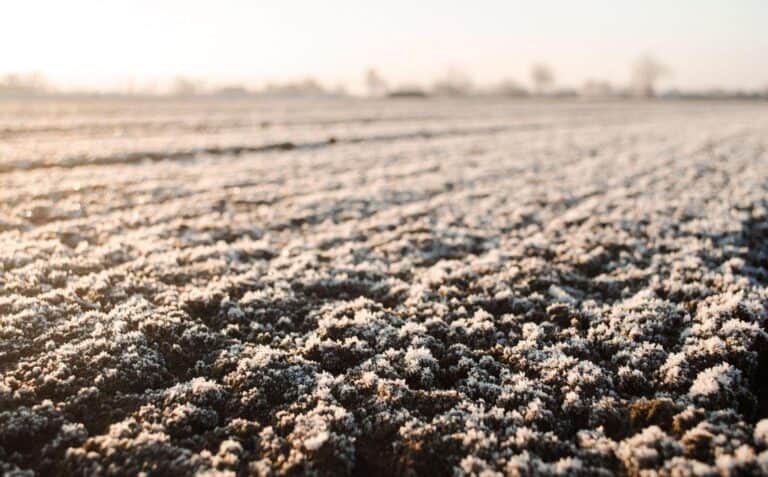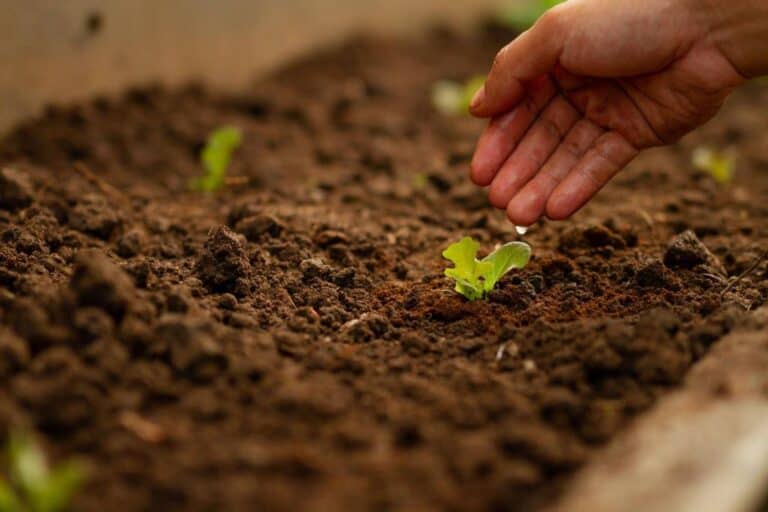What Is the Difference Between Sterilized and Unsterilized Soil?
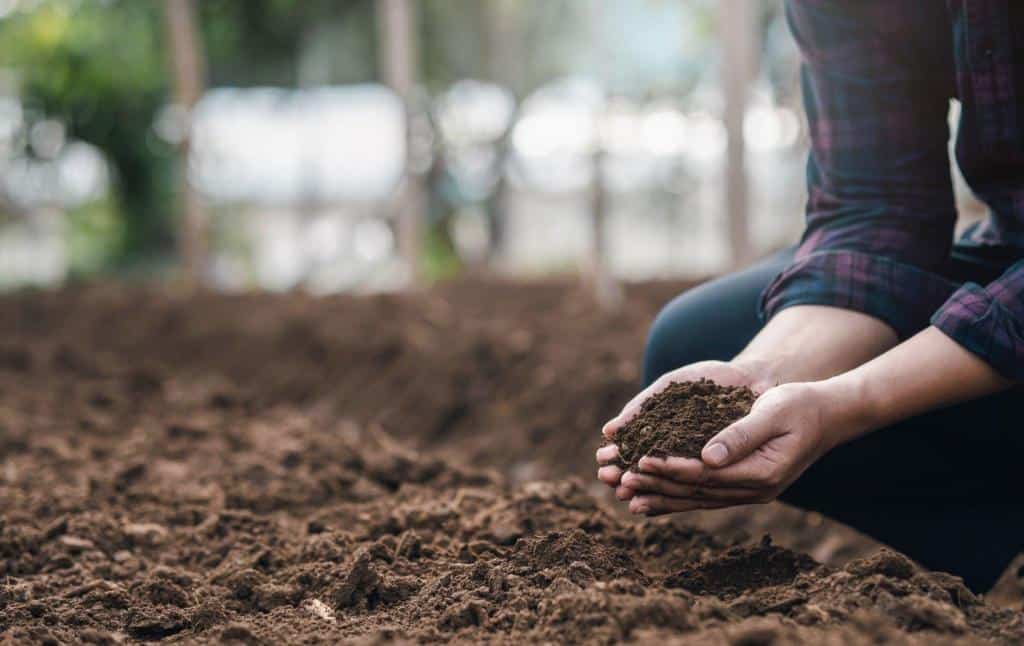
Imagine you’re embarking on a gardening journey, armed with seeds, a vision of greenery, and an eagerness to nurture life from the soil up. As you prepare to enter the world of plants, one critical concept must be addressed: soil sterilization. You might be wondering, What sets sterilized soil apart from its unsterilized counterpart?
In the realm of gardening and cultivation, this distinction holds the key to flourishing beds and bountiful harvests. Imagine sterilized soil as a blank slate, meticulously purged of any pests or diseases that could hinder plant growth. On the flip side, unsterilized soil, while retaining its natural microbial diversity, might carry hidden challenges.
Understanding this distinction can mean the difference between a flourishing garden and a frustrating struggle against setbacks. So, grab your trowel and curiosity, as we unearth the captivating dissimilarities between sterilized and unsterilized soil—the very foundation of your horticultural adventure.
Join us on this journey as we delve deep into the contrasting characteristics of these soil siblings, unearth the advantages and disadvantages they offer, and learn when to sow the seeds of success with each. Let’s dig in!
Introduction to Soil Types
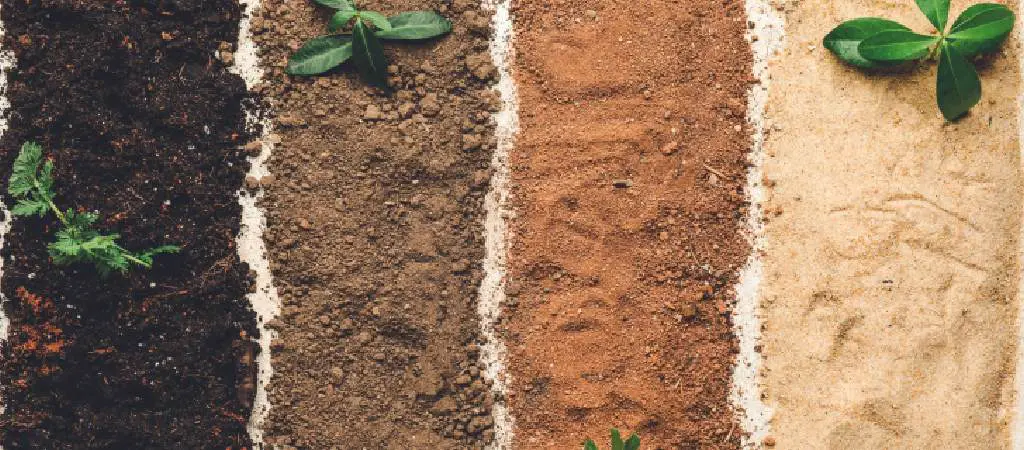
When it comes to the earth beneath our feet, there’s more than meets the eye. Soil, often seen as a simple mixture of dirt and rocks, is a complex and dynamic living system that plays a crucial role in supporting life on our planet.
Understanding soil types is like unlocking a hidden code that shapes ecosystems, agriculture, and even construction. So, let’s dive into this subterranean world and unearth the fascinating diversity of soil.
1. Sandy Soils: These gritty-textured soils are like the free spirits of the ground. They drain quickly, making them perfect for plants that don’t like to have “wet feet.” However, their loose structure also means nutrients can leach away, requiring regular fertilization.
2. Clay Soils: On the flip side, we have compacted clay soils. These are moisture-retaining champs, providing a stable environment for plants. Yet, they can be a tough place for roots to penetrate and can become hard as rock in the sun.
3. Loamy Soils: Imagine the best of both worlds—that’s loamy soil. A heavenly blend of sand, silt, and clay, it’s well-draining, nutrient-rich, and a dream to garden in. No wonder it’s a gardener’s delight!
4. Peaty Soils: These dark, spongy soils are like a magic potion for plants. Found in wetlands, they’re rich in organic matter and excellent at holding moisture. But be cautious; too much moisture can lead to poor drainage.
5. Sandy Loams: As a balance between sand and loam, sandy loams provide good drainage while retaining nutrients, making them a farmer’s friend for various crops.
| Soil Type | Characteristics |
| Sandy | Gritty texture, quick drainage, low nutrient retention |
| Clay | Compacted, moisture-retaining, nutrient-rich |
| Loam | Balanced, well-draining, nutrient-rich |
| Peat | Dark, spongy, moisture-holding, organic-rich |
| Sandy Loam | Moderate drainage, nutrient retention |
What Is the Difference Between Sterilized and Unsterilized Soil?
When delving into the realm of gardening and nurturing plants, the choice of soil can make all the difference. Let’s unveil the intriguing dissimilarity between sterilized and unsterilized soil and how this choice can impact your gardening journey.
Sterilized Soil: This type of soil undergoes a meticulous process where all living organisms, from microorganisms to pests, are methodically eradicated. This sterilization process creates a clean slate, devoid of potential diseases and harmful invaders.
Think of it as a shield, providing a controlled haven where plants can grow without the fear of encountering hidden threats. This soil suits plants that require a carefully controlled environment and an extra layer of protection.
Unsterilized Soil: In contrast, unsterilized soil is a bustling ecosystem in its own right. This natural haven hosts a diverse community of microorganisms, insects, and worms, each playing a role in the intricate web of life beneath the surface.
This type of soil fosters resilience and adaptation, making it an excellent choice for those seeking a more organic and dynamic gardening experience.
| Aspect | Sterilized Soil | Unsterilized Soil |
| Living Organisms | Virtually Eliminated | Diverse and Abundant |
| Disease Risk | Extremely Low | Natural but Manageable |
| Plant Adaptation | Controlled Environment | Dynamic and Adaptive |
Sterilization Soil Method
Sterilization Methods: There are several methods used to sterilize soil, each with its own benefits and drawbacks. The most common methods include:
- Heat Sterilization: Using high temperatures to kill off organisms, usually achieved through pasteurization or steam treatments.
- Chemical Sterilization: Using chemicals to eliminate harmful organisms requires careful handling to avoid soil contamination.
- Radiation Sterilization: Using ionizing radiation to kill pests and pathogens, often employed in commercial settings.
Unsterilized Soil: Characteristics and Uses
Unsterilized soil is teeming with life, hosting various beneficial organisms that contribute to the soil’s fertility and overall ecosystem. These include earthworms, beneficial bacteria, and fungi.
Unsterilized soil is commonly used in outdoor gardens and landscaping projects. Its richness in nutrients and diversity of organisms support robust plant growth and biodiversity.
Unsterilized soil is vital for maintaining healthy ecosystems in nature. It sustains a wide range of flora and fauna, from small plants to larger animals.
Pros and Cons of Sterilized Soil
Pros of Sterilized Soil:
- Disease Prevention: Sterilization reduces the risk of plant infections and diseases.
- Weed Control: Sterilized soil minimizes weed competition, providing a more controlled environment for your plants.
- Pest Management: Sterilization helps manage harmful insect populations effectively.
- Consistent Plant Growth: You have more control over the plants that grow in sterilized soil, allowing for consistent and predictable plant growth.
- Ideal for Starting Seeds: Sterilized soil is an excellent choice for starting seeds, as it provides a clean and safe medium for germination.
Cons of Sterilized Soil:
- Beneficial Organisms: The process may harm beneficial microorganisms, affecting soil health.
- Cost: Sterilization can be more expensive due to the equipment and resources required.
- Recolonization of Pathogens: Sterilized soil is not immune to reinfestation. If exposed to contaminated tools or plants, pathogens can re-enter the soil.
- Sustainable Farming: It might not align with sustainable and organic farming practices.
Pros and Cons of Unsterilized Soil
Advantages of Unsterilized Soil:
- Rich Microbial Life: Unsterilized soil is teeming with beneficial microorganisms that contribute to nutrient cycling, soil structure, and overall plant health.
- Improved Soil Fertility: The presence of beneficial microbes in unsterilized soil helps break down organic matter, releasing essential nutrients for plant uptake. These nutrients enrich and make productive and fertile soil.
- Natural Pest Resistance: Some beneficial microorganisms in unsterilized soil can help suppress harmful pests and pathogens, providing a natural line of defense for your plants.
- Cost-Effective: Unsterilized soil is generally more affordable than sterilized soil, making it an economical option for larger gardening projects.
Disadvantages of Unsterilized Soil:
- Weed Management: Unsterilized soil may harbor weed seeds, necessitating effective weed control strategies.
- Disease and Pest Risks: The presence of pathogens and pests can pose challenges to plant health.
- Ecosystem Balance: In some cases, unsterilized soil may favor certain species over others, leading to imbalances.
- Inconsistent Results: Due to the presence of various organisms, unsterilized soil can lead to unpredictable plant growth and may require more attention and care.
The choice between sterilized and unsterilized soil depends on various factors, including the type of gardening or agriculture you’re involved in and your overall approach to sustainable practices. Each soil type has its own unique benefits and drawbacks, making it essential to understand their characteristics and implications for your specific needs.
When to Use Sterilized Soil and Unsterilized Soil?
The choice between sterilized and unsterilized soil depends on the specific gardening needs and the context in which they are used.
Sterilized soil is particularly useful in situations where disease risk is high, or when starting seeds or young seedlings. The absence of harmful pathogens provides a safe environment for delicate plants to establish themselves without being overwhelmed by diseases. Additionally, when working with containers or raised beds where weed control is essential, sterilized soil can prevent weeds from taking over the growing space.
Unsterilized soil, on the other hand, shines when establishing long-term garden beds or when cultivating perennial plants. The rich microbial life enhances soil fertility and supports the overall health of the ecosystem. If you’re practicing organic gardening, unsterilized soil is preferred, as it aligns with the principles of working with natural systems.
In situations where you want the benefits of both soil types, a common approach is to start with sterilized soil in the seedlings’ early stages and then gradually transition them to unsterilized soil as they mature and become more resilient.
Sterilized vs. Unsterilized Soil: A Comparison Table
Let’s summarize the differences between sterilized and unsterilized soil in a comparison table:
| Aspect | Sterilized Soil | Unsterilized Soil |
| Pathogen Presence | Eliminated | Present |
| Weed Seeds | Reduced | Variable |
| Beneficial Microbes | Eliminated | Abundant |
| Plant Growth Predictability | High | Variable |
| Disease Risk | Low | Variable |
| Soil Fertility | Requires Amendments | Naturally Fertile |
| Pest Resistance | Low | Some Natural Pest Control |
| Cost | Expensive | Affordable |
Does Sterilized Soil Require Fertilization?
In the realm of gardening, where soil reigns supreme, the question arises: does sterilized soil demand an extra boost of nutrients? Let’s embark on a journey through the intricate world of sterilized soil and its voracious appetite for nourishment.
The Sterilized Soil Spectrum: Picture sterilized soil as a pristine canvas, devoid of unwanted guests – a haven for plant growth. However, this immaculate environment comes with a catch. The sterilization process not only eradicates harmful pests and diseases but can also strip the soil of beneficial microorganisms and essential nutrients. Thus, while it offers a secure launchpad for your plants, it might lack the nutritional buffet they crave.
The Fertilization Equation: To feed or not to feed? That’s the dilemma gardeners face when dealing with sterilized soil. While sterilized soil does possess some nutrients initially, their availability may diminish over time. Consequently, introducing fertilization into the equation becomes crucial. Fertilizers infuse the soil with the essential elements – nitrogen, phosphorus, and potassium – that plants need for robust growth.
However, the art lies in striking the right balance. Over-fertilization can lead to nutrient imbalances or even harm the plants. Hence, precise application and regular monitoring are key.
| Nutrient | Function | Signs of Deficiency |
| Nitrogen | Leaf and Stem Growth | Pale, Yellowing Leaves |
| Phosphorus | Root Development | Stunted Growth |
| Potassium | Disease Resistance | Brown Edges on Leaves |
Conclusion
In conclusion, the choice between sterilized and unsterilized soil depends on the specific needs and objectives of your gardening project. Sterilized soil offers a clean slate, reducing disease risk and weed competition, but it may lack the natural fertility and beneficial microbes found in unsterilized soil. On the other hand, unsterilized soil is teeming with life, supporting long-term plant growth, but it requires more attention to manage potential disease and weed challenges.
Understanding the distinction between sterilized and unsterilized soil is pivotal for successful plant growth and cultivation. While both types have their merits and drawbacks, the advantages of using sterilized soil, particularly sterile potting mixes for plants, are undeniable.
Sterilized soils offer a clean slate for cultivation, devoid of harmful pathogens, weed seeds, and competing microorganisms that can hinder plant health. This controlled environment allows growers to manage nutrient uptake and minimize the risk of disease outbreaks.
On the other hand, unsterilized soil, while often more ecologically diverse due to the presence of microbial activity, poses significant disadvantages. The potential for introducing unwanted pests, diseases, and weed infestations to plants can greatly hamper agricultural endeavors. The absence of control over microbial populations in unsterilized soil might lead to unpredictable plant growth, nutrient imbalances, and decreased yields.
Recognizing the significance of microbial activity in sterile soils is also crucial. Although sterilization reduces these microbial populations, supplementing sterile potting mixes with beneficial microorganisms can promote healthy soil structure and nutrient cycling. Striking a balance between sterile and microbial-rich environments can offer the best of both worlds, promoting plant health while maintaining ecological diversity.
The choice between sterilized and unsterilized soil depends on the specific goals of cultivation. While unsterilized soil offers natural microbial diversity, the potential disadvantages must not be ignored. Sterilized soil, including sterile potting mixes, provides a controlled foundation for plant growth and protection against various challenges. By carefully considering the benefits and drawbacks of each approach, cultivators can make informed decisions that foster robust plant growth and sustainable agricultural practices.
FAQs on Difference Between Sterilized and Unsterilized Soil
How is soil sterilized for gardening purposes?
Soil can be sterilized using heat treatment, such as baking it in an oven or using a microwave. Other methods include using steam, solarization, and chemical sterilants.
Can I use unsterilized soil for indoor plants?
While it’s not ideal, you can use unsterilized soil for indoor plants. However, be aware that it may contain pathogens and weed seeds, increasing the risk of plant issues.
Is unsterilized soil better for organic gardening?
Yes, unsterilized soil is favored in organic gardening as it hosts beneficial microbes that contribute to soil fertility and natural pest resistance.
How does sterilized soil affect beneficial microorganisms?
Sterilized soil eliminates both harmful and beneficial microorganisms, which can negatively impact soil health and fertility.
Is sterilized soil completely free of all microorganisms?
While sterilized soil significantly reduces microorganisms, it may not be entirely free of all microbes, as some may recolonize over time.
Can I sterilize soil at home, and if so, how?
Yes, you can sterilize soil at home by using an oven, microwave, or other heat sources to kill unwanted organisms.
What are some common soil sterilization methods used in agriculture?
Agriculture employs various methods like steam, chemical fumigation, solarization, and pasteurization for soil sterilization.
Are there any natural alternatives to soil sterilization?
Natural alternatives to soil sterilization: Solarization using the sun’s heat and using compost with high-temperature hot composting can act as natural alternatives to sterilization.
Can I mix sterilized and unsterilized soil together?
Mixing sterilized and unsterilized soil: Yes, you can mix both soil types strategically to combine the advantages of each for different stages of plant growth.
How often should I sterilize soil for my garden or crops?
Frequency of soil sterilization: The frequency of soil sterilization depends on factors like the level of contamination and specific gardening needs. In most cases, annual or biennial sterilization is sufficient.


